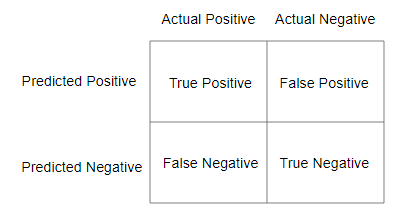The table below summarizes the results of a clinical trial testing a diagnostic device and its ability to determine if a patient with traumatic brain injury has bleeding in their brain. The actual clinical condition of the patient against which the device is being compared is a CT scan where a positive scan (CT+) means that they have bleeding in their brain; CT- means they don't have bleeding in their brain. The new diagnostic test will be useful if it can eliminate unnecessary CT scans by determining which patients don't have bleeding in their brain. Total number of patients Patients with positive test and CT+ 720 144 Patients with positive test and CT- 273 Patients with negative test and CT+ 12 Patients with negative test and CT- 291 1. Construct a confusion matrix for the accuracy of the diagnostic test. 2. Calculate the sensitivity, specificity, PPV and NPV for the diagnostic test. Which of these metrics is most important for the intended use of the device? Comment on the results.
The table below summarizes the results of a clinical trial testing a diagnostic device and its ability to determine if a patient with traumatic brain injury has bleeding in their brain. The actual clinical condition of the patient against which the device is being compared is a CT scan where a positive scan (CT+) means that they have bleeding in their brain; CT- means they don't have bleeding in their brain. The new diagnostic test will be useful if it can eliminate unnecessary CT scans by determining which patients don't have bleeding in their brain. Total number of patients Patients with positive test and CT+ 720 144 Patients with positive test and CT- 273 Patients with negative test and CT+ 12 Patients with negative test and CT- 291 1. Construct a confusion matrix for the accuracy of the diagnostic test. 2. Calculate the sensitivity, specificity, PPV and NPV for the diagnostic test. Which of these metrics is most important for the intended use of the device? Comment on the results.
A First Course in Probability (10th Edition)
10th Edition
ISBN:9780134753119
Author:Sheldon Ross
Publisher:Sheldon Ross
Chapter1: Combinatorial Analysis
Section: Chapter Questions
Problem 1.1P: a. How many different 7-place license plates are possible if the first 2 places are for letters and...
Related questions
Question

Transcribed Image Text:The table below summarizes the results of a clinical trial testing a diagnostic device and its
ability to determine if a patient with traumatic brain injury has bleeding in their brain. The
actual clinical condition of the patient against which the device is being compared is a CT
scan where a positive scan (CT+) means that they have bleeding in their brain; CT- means they
don't have bleeding in their brain. The new diagnostic test will be useful if it can eliminate
unnecessary CT scans by determining which patients don't have bleeding in their brain.
Total number of patients
Patients with positive test and CT+
720
144
Patients with positive test and CT-
273
Patients with negative test and CT+
12
Patients with negative test and CT-
291
1. Construct a confusion matrix for the accuracy of the diagnostic test.
2. Calculate the sensitivity, specificity, PPV and NPV for the diagnostic test. Which of
these metrics is most important for the intended use of the device? Comment on the
results.
Expert Solution
Step 1
A confusion matrix is used to reflect the outcomes of a binary classification model. In the binary classification model, let us denote the two classification classes as positive and negative. Then, the confusion matrix for the model is given as follows:

Using this confusion matrix, the performance metrics: sensitivity, specificity, PPV, and NPV are calculated.
Trending now
This is a popular solution!
Step by step
Solved in 7 steps with 3 images

Recommended textbooks for you

A First Course in Probability (10th Edition)
Probability
ISBN:
9780134753119
Author:
Sheldon Ross
Publisher:
PEARSON


A First Course in Probability (10th Edition)
Probability
ISBN:
9780134753119
Author:
Sheldon Ross
Publisher:
PEARSON
